Search
Search Results
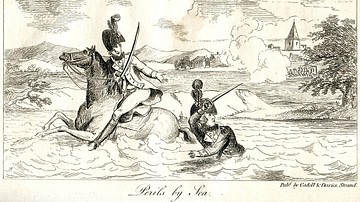
Article
Battle of Tourcoing
The Battle of Tourcoing (17-18 May 1794) was a major engagement in the War of the First Coalition, the first phase of the French Revolutionary Wars (1792-1802). It saw an army of the French Republic successfully fend off a six-pronged attack...
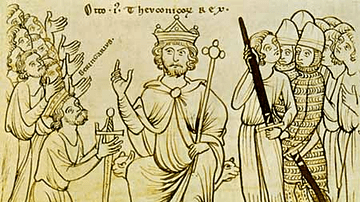
Image
Berengar II of Italy’s Submission to Otto the Great
Berengar II (r. 950–961) of Italy submits to Otto I, Holy Roman Emperor (962-973), labelled here as Teutonicorum rex, or King of the Germans, in 964. From the Chronicle of Bishop Otto of Freising (Manuscriptum Mediolanense), unknown artist...

Definition
Frederick II
Frederick II (l. 1194-1250 CE) was the king of Sicily (r. 1198-1250 CE), Germany (r. 1215-1250 CE), Jerusalem (r. 1225-1228 CE), and also reigned supreme as the Holy Roman Emperor (r. 1220-1250 CE). He was born in Jesi in 1194 CE but spent...
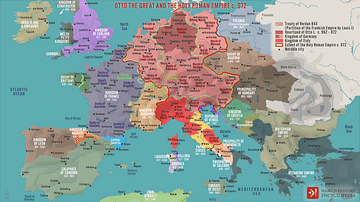
Image
Otto the Great and the Holy Roman Empire c. 972
A map illustrating the emergence of the Holy Roman Empire (after the final split of the Eastern and Western Franks in the late 9th century) as a loosely integrated union of German states and cities under the rule of Otto I, driven by tradition...
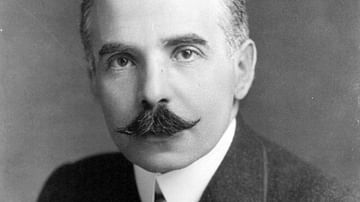
Image
Otto Herman Kahn
Photo of Otto Herman Kahn (l. 1867-1934), c. 1909, a Jewish banker and industrialist Otto Herman Khan, who built Oheka Castle between 1914-1919, which is one of the best-known luxury hotels of Long Island, NY, USA today.
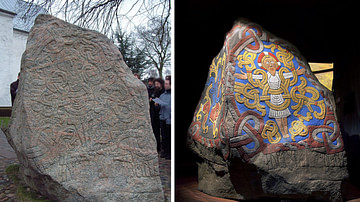
Article
Harald Bluetooth & the Conversion of Denmark
In Scandinavia, Christianity spread due to the support and encouragement of political rulers at the top of the society above all else. Conversion, defined here as the actions taken by kings or clerics to introduce the new religion, did not...
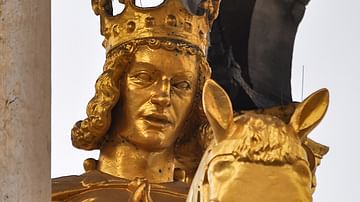
Image
Magdeburg Rider Statue of Otto the Great
This golden statue, called the Magdeburger Reiter, is believed to portray Otto I the Great (962-973), founder of the Holy Roman Empire.
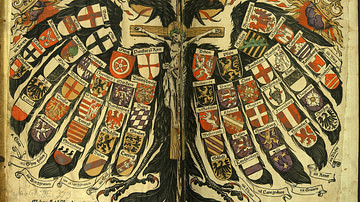
Definition
Holy Roman Empire
The Holy Roman Empire officially lasted from 962 to 1806. It was one of Europe’s largest medieval and early modern states, but its power base was unstable and continually shifting. The Holy Roman Empire was not a unitary state, but a confederation...
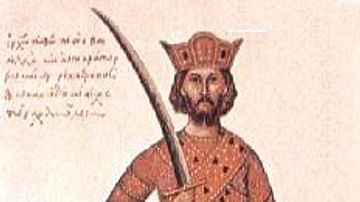
Definition
Nikephoros II Phokas
Nikephoros II Phokas was Byzantine emperor from 963 to 969 CE. Known as “White Death of the Saracens,” Nikephoros was a fearsome commander who conquered Crete, Cilicia, and much of Syria. While he is known as a great military...
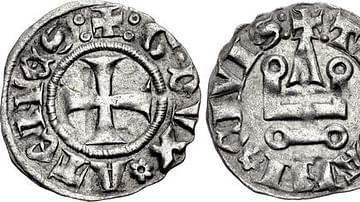
Definition
Duchy of Athens
The Duchy of Athens was a Latin or Frankish state in Greece that existed from 1205 to 1458 CE. It was created in the aftermath of the Fourth Crusade (1202-1204 CE) and would be ruled for the majority of its history by the Burgundian de la...